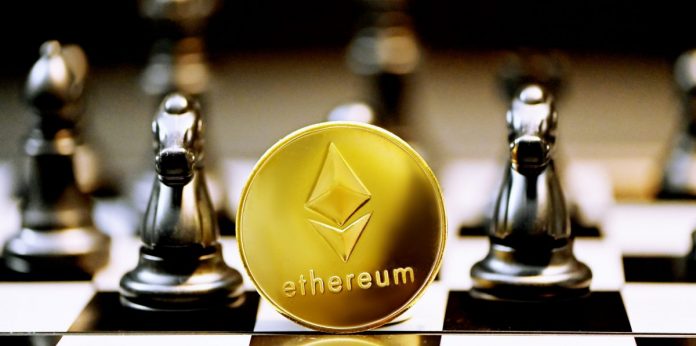
I’ve been playing games since I was a kid when the only option I had was Super Mario and Legend of Zelda on Nintendo. And, when I started growing up, I started questioning many things, like I’m I wasting my time by playing these games while developers earn billions of dollars?
After Axie Infinity appeared, the play-to-earn model was introduced. Players have finally become able to claim some profit, and earnings weren’t all going to developers of the game. Gamers were finally able to monetize their in-game skills and it seemed like a very exciting idea — at first.
But, I don’t think it’s the case. In fact, I believe that play-to-earn games are a sleeping disaster. A Ponzi Scheme of some sort, that is awaiting its doomsday.
To make things clearer, let’s take a look at the economy of Axie Infinity for the sake of the sample, and then take a quick look at other play-to-earn games to see the huge gap in the economy of the industry.
Axie Infinity allows players to earn from playing the game. To be able to earn, players will have to first buy Axie creatures. A team of Axies should consist of at least 3 Axie creatures. When the game was first released, a team of Axie would have cost you around $10. But, as of January 2022, the figure became 20 times higher, and the cheapest price to get an Axie is around $200.
This means that a team of Axies could cost you around $600. It would have been totally normal if the return on investment was big. But that’s not the case.
As you compete against other players, you’ll gain Small Love Potions or SLPs for short. These are in-game tokens that you can use to breed your Axie creatures and give birth to other Axies — which you could sell in the market. Alternatively, you can sell these SLPs and one SLP is around $0.01 as of the moment of writing this article.
Now the game developers argued in their Whitepaper that to keep the economy of the game stable, Axie Infinity will rely on bringing in new players. Of course, this model itself is unstable. First, because no game could keep a stable growth rate, and second, blockchain games are still in their infancy, and the adoption might move at a very slow rate. Which is the case.
The developers know that this model is unstable. So they argued that after amassing many players, they’ll rely on keeping the economy stable by encouraging players to invest in the game. For example, players re-invest what they earned from the game for breeding Axies, and sell them in the marketplace to newcomers.
I’ve been playing games since I was a kid when the only option I had was Super Mario and Legend of Zelda on Nintendo. And, when I started growing up, I started questioning many things, like I’m I wasting my time by playing these games while developers earn billions of dollars?
After Axie Infinity appeared, the play-to-earn model was introduced. Players have finally become able to claim some profit, and earnings weren’t all going to developers of the game. Gamers were finally able to monetize their in-game skills and it seemed like a very exciting idea — at first.
But, I don’t think it’s the case. In fact, I believe that play-to-earn games are a sleeping disaster. A Ponzi Scheme of some sort, that is awaiting its doomsday.
To make things clearer, let’s take a look at the economy of Axie Infinity for the sake of the sample, and then take a quick look at other play-to-earn games to see the huge gap in the economy of the industry.
Axie Infinity allows players to earn from playing the game. To be able to earn, players will have to first buy Axie creatures. A team of Axies should consist of at least 3 Axie creatures. When the game was first released, a team of Axie would have cost you around $10. But, as of January 2022, the figure became 20 times higher, and the cheapest price to get an Axie is around $200.
This means that a team of Axies could cost you around $600. It would have been totally normal if the return on investment was big. But that’s not the case.
As you compete against other players, you’ll gain Small Love Potions or SLPs for short. These are in-game tokens that you can use to breed your Axie creatures and give birth to other Axies — which you could sell in the market. Alternatively, you can sell these SLPs and one SLP is around $0.01 as of the moment of writing this article.
Now the game developers argued in their Whitepaper that to keep the economy of the game stable, Axie Infinity will rely on bringing in new players. Of course, this model itself is unstable. First, because no game could keep a stable growth rate, and second, blockchain games are still in their infancy, and the adoption might move at a very slow rate. Which is the case.
The developers know that this model is unstable. So they argued that after amassing many players, they’ll rely on keeping the economy stable by encouraging players to invest in the game. For example, players re-invest what they earned from the game for breeding Axies, and sell them in the marketplace to newcomers.









